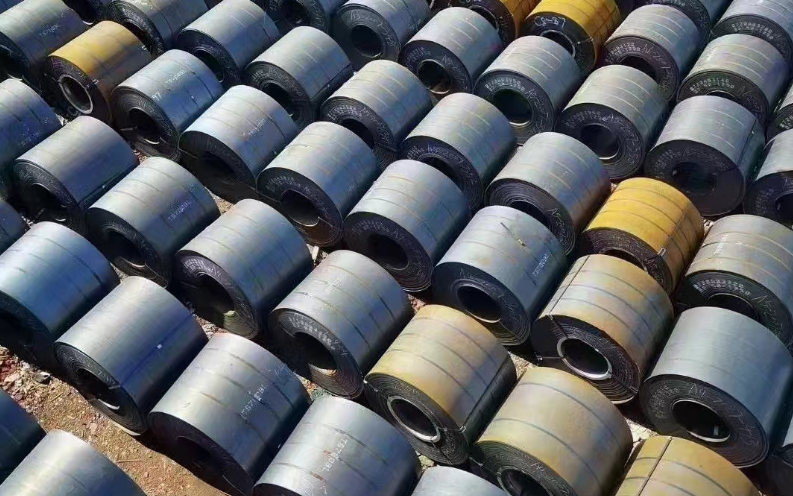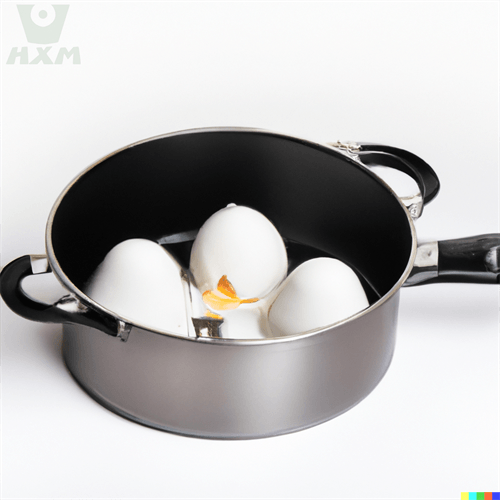Many people have such a question – carbon steel vs cast iron – what’s the difference? While both materials are iron-based alloys, they differ significantly in composition, properties, and applications. In this article, we’ll delve into the fundamental differences between carbon steel and cast iron, exploring their composition, mechanical properties, and typical uses.

Carbon Steel vs Cast Iron – What’s the Difference?
Carbon Steel vs Cast Iron – 1. Composition
Carbon steel and cast iron are both alloys of iron, but they differ primarily in their carbon content. Carbon steel typically contains between 0.05% and 2.0% carbon by mass, along with small amounts of other elements like manganese, sulfur, and phosphorus. The carbon content affects the steel’s hardness, ductility, and strength. As the carbon content increases, the steel becomes harder but less ductile.
Cast iron, on the other hand, has a much higher carbon content, ranging from 2.0% to 4.5%. This higher carbon content gives cast iron its characteristic brittle nature. Cast iron may also contain silicon, which improves its fluidity during casting and affects its mechanical properties.
Carbon Steel vs Cast Iron – 2. Mechanical Properties
Due to their different carbon contents, carbon steel and cast iron exhibit distinct mechanical properties. Carbon steel is stronger and more ductile than cast iron, meaning it can be shaped and formed more easily. It also has higher tensile strength and yield strength, making it suitable for applications that require high strength-to-weight ratios.
Cast iron, on the other hand, is more brittle and less ductile. It has lower tensile strength and yield strength but excellent compressive strength. This makes cast iron suitable for applications where compressive loads are predominant, such as machine bases or columns.
Carbon Steel vs Cast Iron – 3. Applications
The mechanical properties of carbon steel and cast iron make them suitable for different applications. Carbon steel is widely used in the construction industry for beams, plates, and pipes due to its strength and ductility. It’s also used in automotive applications, machinery, and tools where high strength and durability are required.
Cast iron, due to its high compressive strength and low cost, is often used in applications where strength and durability are less critical but weight and cost are concerns. For example, cast iron is commonly used in pipes, valves, pumps, and other plumbing fixtures. It’s also used in machine bases, gears, and other components where resistance to wear and tear is important.
Conclusion
Carbon steel and cast iron, although both iron-based alloys, differ significantly in composition, mechanical properties, and applications. Carbon steel has a lower carbon content, higher strength, and ductility, and is suitable for applications that require high strength-to-weight ratios. Cast iron, with a higher carbon content and more brittle nature, is better suited for applications where compressive loads are predominant and cost is a consideration.
Thank you for reading our article and we hope it can help you to find the answer to the question – Carbon steel vs cast iron – what’s the difference? If you are looking for carbon steel suppliers online now, please don’t hesitate to contact Huaxia Steel.
As a leading supplier of carbon steel products from Shanghai, China, Huaxia Steel provides customers with high-quality tool steel, carbon steel, alloy steel, carbon steel tubes, and carbon steel pipes at a very competitive price.








